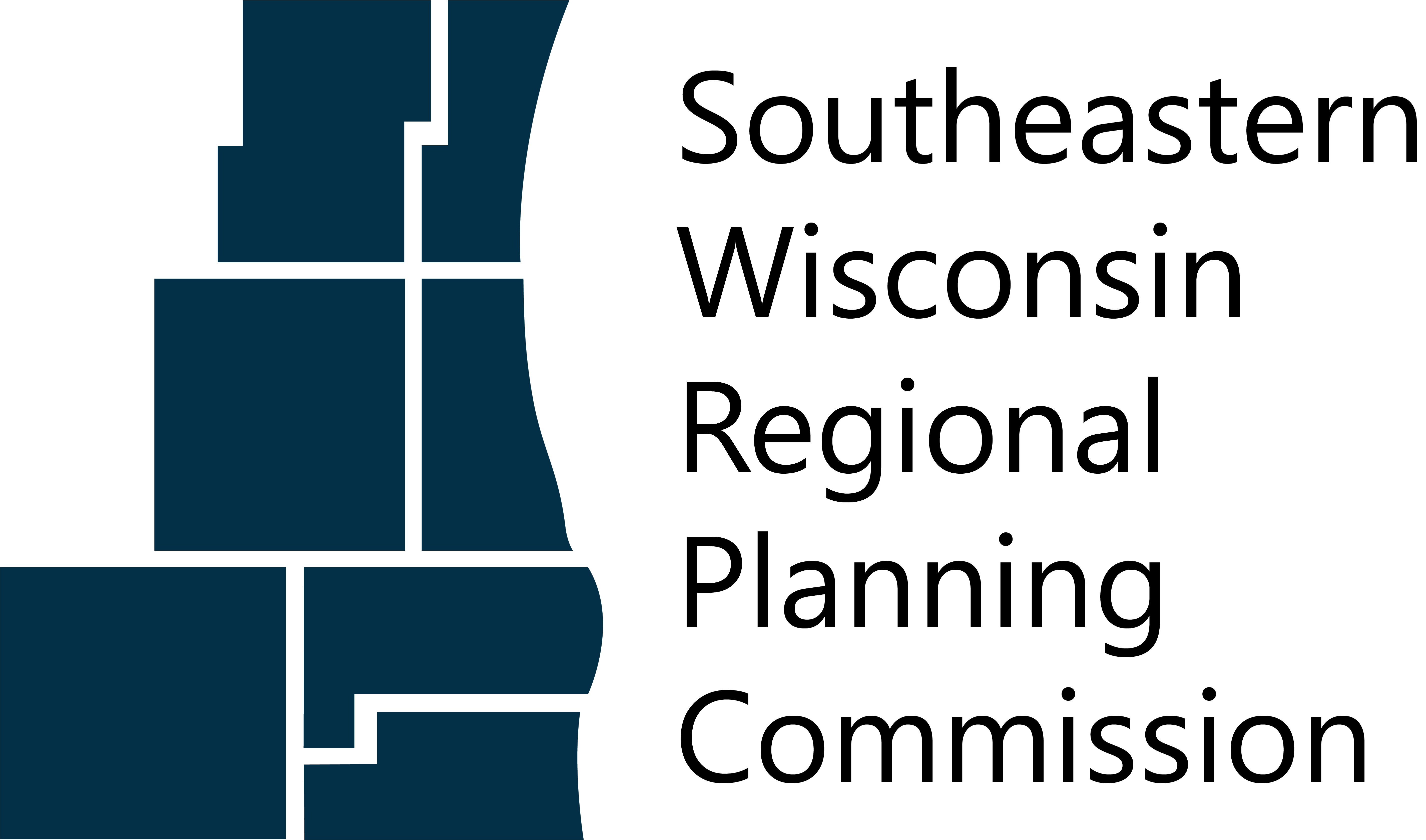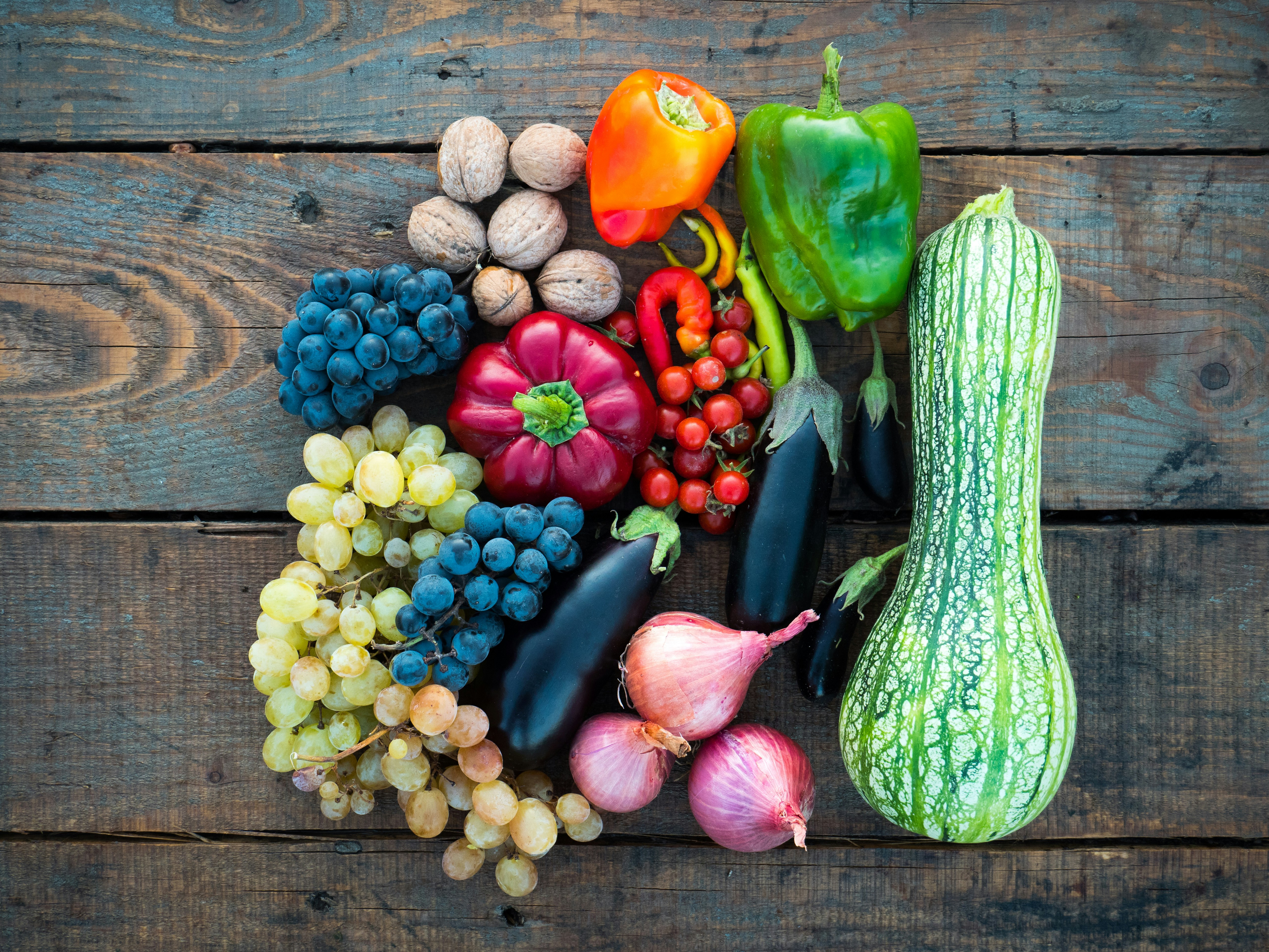Regional Food System Plan
The Regional Food System Plan will address the food system from a regional planning perspective and is aimed at identifying how to achieve several objectives for the Region concerned with ensuring accessible and affordable healthy and fresh food options, reducing economic and health disparities, supporting locally owned and sustainable farming operations, and preserving productive agricultural land and sensitive natural resources.


